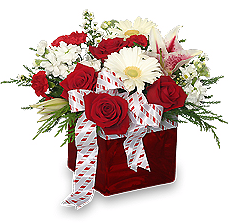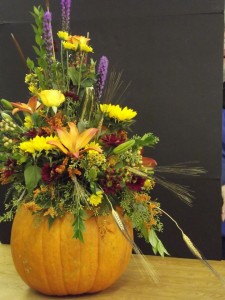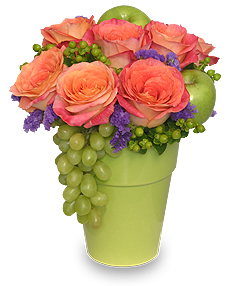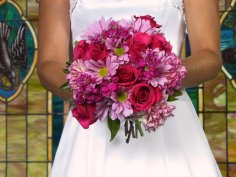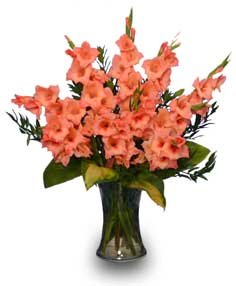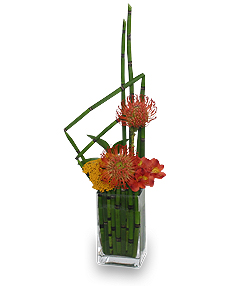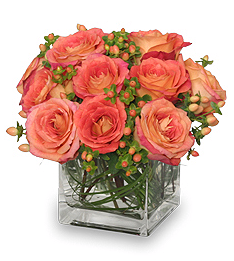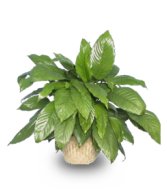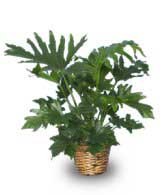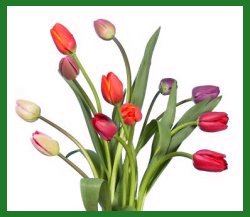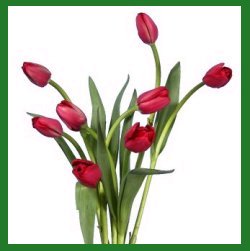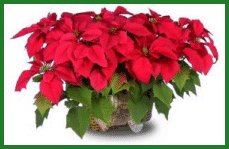 ‘Tis the season for holiday preparations…….cooking, shopping, wrapping, and decorating. One of the traditional favorite symbols of Christmas cheer is available at your local florist right now: the popular Poinsettia plant, with colorful, star-shaped blooms that last well beyond the holiday season.
‘Tis the season for holiday preparations…….cooking, shopping, wrapping, and decorating. One of the traditional favorite symbols of Christmas cheer is available at your local florist right now: the popular Poinsettia plant, with colorful, star-shaped blooms that last well beyond the holiday season.
Poinsettia History
Poinsettias are members of the Euphorbia family, a diverse group of mostly succulent plants which includes the Crown-of-Thorns, the Pencil Cactus, and the Candelabra Trees of Africa. Poinsettias themselves are native to Mexico, where, in 1828, they were discovered growing by Joel Roberts Poinsett, who was the first U.S. Ambassador to Mexico and who had a strong interest in botany. Poinsett brought plants back to grow in his own greenhouses in South Carolina, propagated them, and eventually shared some with his friends and nurserymen in the area. They were first sold commercially in 1836, and the rest is history. Incidentally, contrary to common mythology, Poinsettias are not poisonous.
Poinsettia Care
It’s interesting to note that the colorful parts of the Poinsettia which we call “flowers” are not really flowers at all. They are actually “bracts”: modified leaves which serve to call attention to the small and insignificant true flowers (the little yellow nubs in the centers). These bracts may stay colorful well into the spring if the Poinsettia is given proper care. The plants will do well if they receive at least 4 to 6 hours of bright, indirect sunlight each day. Keep the plants warm (above 68 degrees Fahrenheit) and away from drafts or chilly windows. Water the plants when the top inch of the soil is dry to the touch, and never allow them to sit in water. Fertilize every two weeks with a balanced houseplant fertilizer. In the late spring, after danger of frost has passed, Poinsettias may be cut back to around 6 inches from the top of the pot and placed outside in the garden. Repot them into a rich, organic and well-drained soil, and continue fertilizing until the end of summer.
Re-blooming Poinsettias
With a little bit of effort, Poinsettias may be re-bloomed the following year. Before night temperatures fall below 50 degrees, bring the plant back indoors. Maintain regular watering, but discontinue fertilizing. Poinsettias are so-called “short day” plants, meaning that the bloom cycle is initiated only after the night time period of darkness is at least 14 hours long. So, to ensure flowers for Christmas, place plants in a closet, under a box, or in a dark corner of a basement or storage room, from late afternoon until morning, beginning the latter part of September through the first part of November. During this time, the light from even a single bulb at night can interrupt the bloom cycle. By day, keep the plants in their normal warm, sunny location.
Types of Poinsettias
Poinsettias have been extensively hybridized, with new cultivars appearing almost every year, so that today we have a wide range of choices beyond the traditional red or white. For example, “Marblestar” is a variety with large, crisp, pointed bracts which are a deep coral pink with ivory edges. “Jinglebell” has pink flecks on a red background. “Monet” features soft bracts ranging through shades of peach to pink and speckled with burgundy. The “Heirloom” series displays red, pink, or peach bracts atop green foliage with white margins. In the past couple of years, we’ve seen the appearance of “Winter Rose”, a dwarf hybrid with small, dark red, ruffled bracts, and “Plum Pudding” with dainty, amethyst colored blooms.
Your professional florist can provide you with these and other colorful choices, perfect for gift-giving or for brightening up your own home for the holidays. Let a Poinsettia plant be the star of your Christmas decorating scheme!


 Find Your
Find Your 
